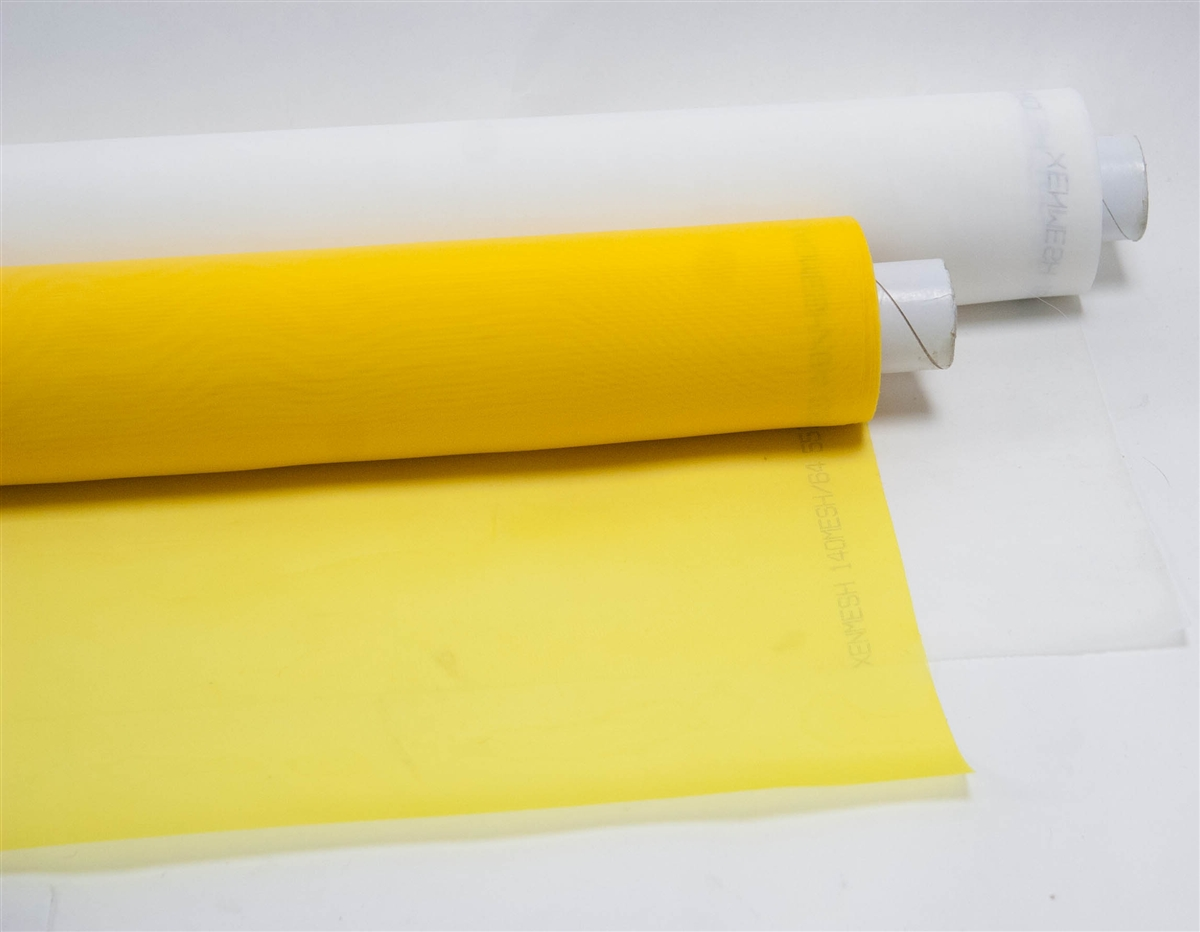Thickness and type of ink
If you use thicker inks (particularly inks that contain additives like glitter), you’ll want to use a lower mesh count.
This allows more space between the threads on the screen so that ink can pass through the screen freely. Because of this limitation with thick ink, you also need to consider that your images should be simpler.
When using extremely thin inks (like water based inks or discharge inks), you’ll need to use a higher mesh count. The thinner threads and smaller gaps will allow less ink through.
Struggling to manage your inks? Learn more about screen printing ink here.
Material (substrate)
Different materials (substrates) require different mesh counts.
Here’s why: both the screen you’re using to print with and the material you’re printing on are made out of woven materials arranged in a grid.
While your screen may be able to hold a great deal of detail, the t-shirt you’re printing on is made up of a bunch of tightly woven threads. So your t-shirt, too, has a “resolution” that it can hold.
Besides the makeup of the actual substrate, you’ve also got to consider whether the material is right for the ink you want to use.
The bottom line: make sure your ink, substrate, and image all align with your mesh count.









